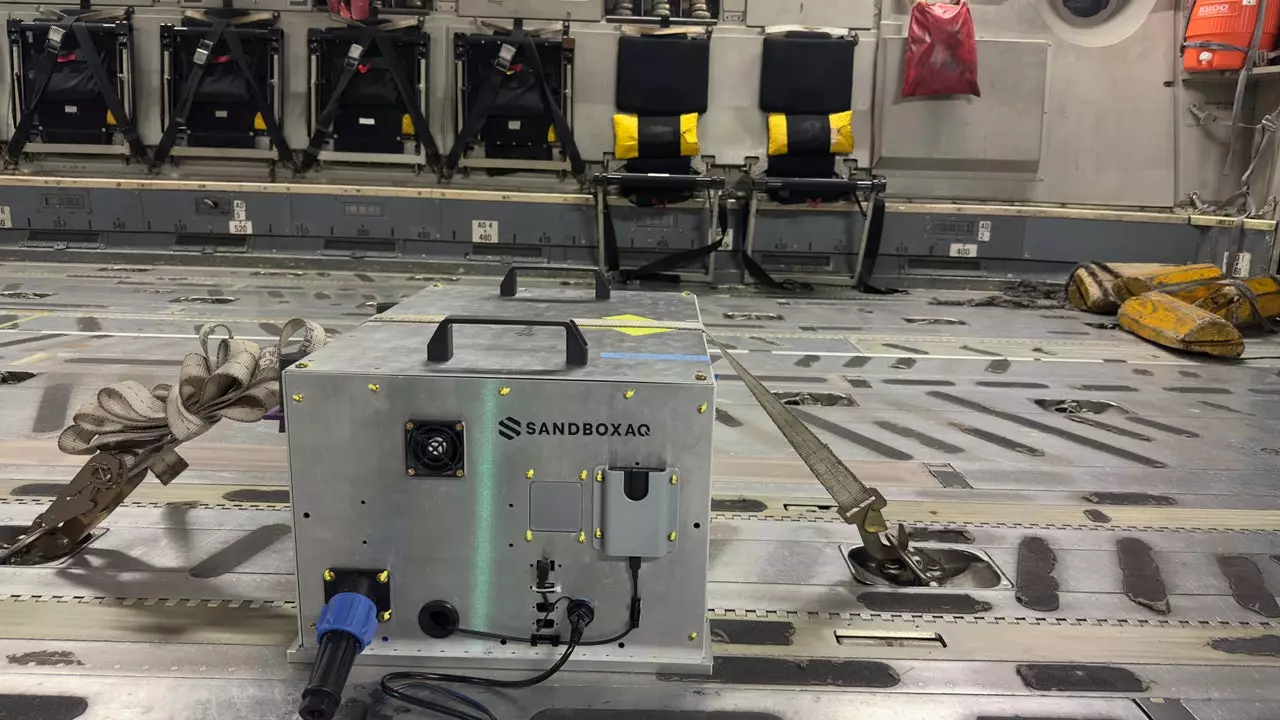In the contemporary world, the reliance on Global Navigation Satellite Systems (GNSS) is profoundly evident. Signals from a constellation of satellites orbiting Earth have become the critical backbone for numerous applications, ranging from mobile communications and energy distribution to the omnipresent internet services and personal navigation systems like GPS. However, the increasing incidence of signal interference—from jamming to spoofing—raises alarming concerns about the integrity and reliability of these systems. Reports of intentional disruptions have proliferated across regions such as Ukraine, the Middle East, and the South China Sea, highlighting a pressing vulnerability that experts in navigation technology are compelled to address.
Faced with these challenges, innovative companies are exploring alternative navigation methodologies to enhance reliability and safety. One such effort comes from startup SandboxAQ, which posits that a combination of artificial intelligence (AI) and navigation systems that tap into Earth’s magnetic fields, known as MagNav, holds significant promise. This dual-approach seeks not to replace existing GNSS technologies, but rather to augment them, providing a robust alternative in scenarios where GPS signals might be compromised.
Luca Ferrara, the general manager of SandboxAQ’s navigation department, articulates the company’s vision: to create a supplemental navigation system capable of delivering accurate positional information even when traditional satellite signals are disrupted. At the core of this system lies AQNav, which leverages quantum magnetometers to read the Earth’s magnetic field with remarkable precision, aiming to identify unique magnetic signatures from various geological formations.
To enhance performance, SandboxAQ integrates artificial intelligence to interpret the readings from these quantum sensors. By comparing real-time magnetic field data with established maps, the AI can produce reliable positional readings. This process is not merely about detecting position but entails eliminating noise from the aircraft’s own electrical systems and movements, which can obscure the magnetic signals being measured. Each aircraft exhibits distinct magnetic characteristics, and understanding these nuances is crucial for accurate navigation.
Astounding advancements and rigorous testing have already marked the journey of AQNav. The U.S. Air Force, in collaboration with aerospace giants like Boeing and Airbus, has undertaken extensive test flights involving diverse aircraft types, from nimble single-engine planes to sizable military transports. As Ferrara explains, since May 2023, the system has been subjected to a range of operational scenarios and has successfully completed hundreds of kilometers in flight tests, including several significant military drills.
The concept of combining quantum technology with AI for navigation systems is rooted in a venture initiated at Alphabet, Google’s parent company. From 2016 to 2022, in what is often referred to as the company’s “moonshot factory,” visionary engineers were tasked with creating groundbreaking solutions utilizing advanced technologies. The result is a pioneering navigation system that not only pushes the boundaries of traditional GPS reliance but also positions itself as a crucial advancement in safeguarding future navigation against security risks.
As the landscape of navigation continues to evolve, the intersection of quantum technology and AI appears to be a transformative frontier. SandboxAQ’s AQNav could well be a game changer, providing navigators with newfound levels of reliability, safety, and innovation in a world increasingly at risk of technological vulnerabilities.

